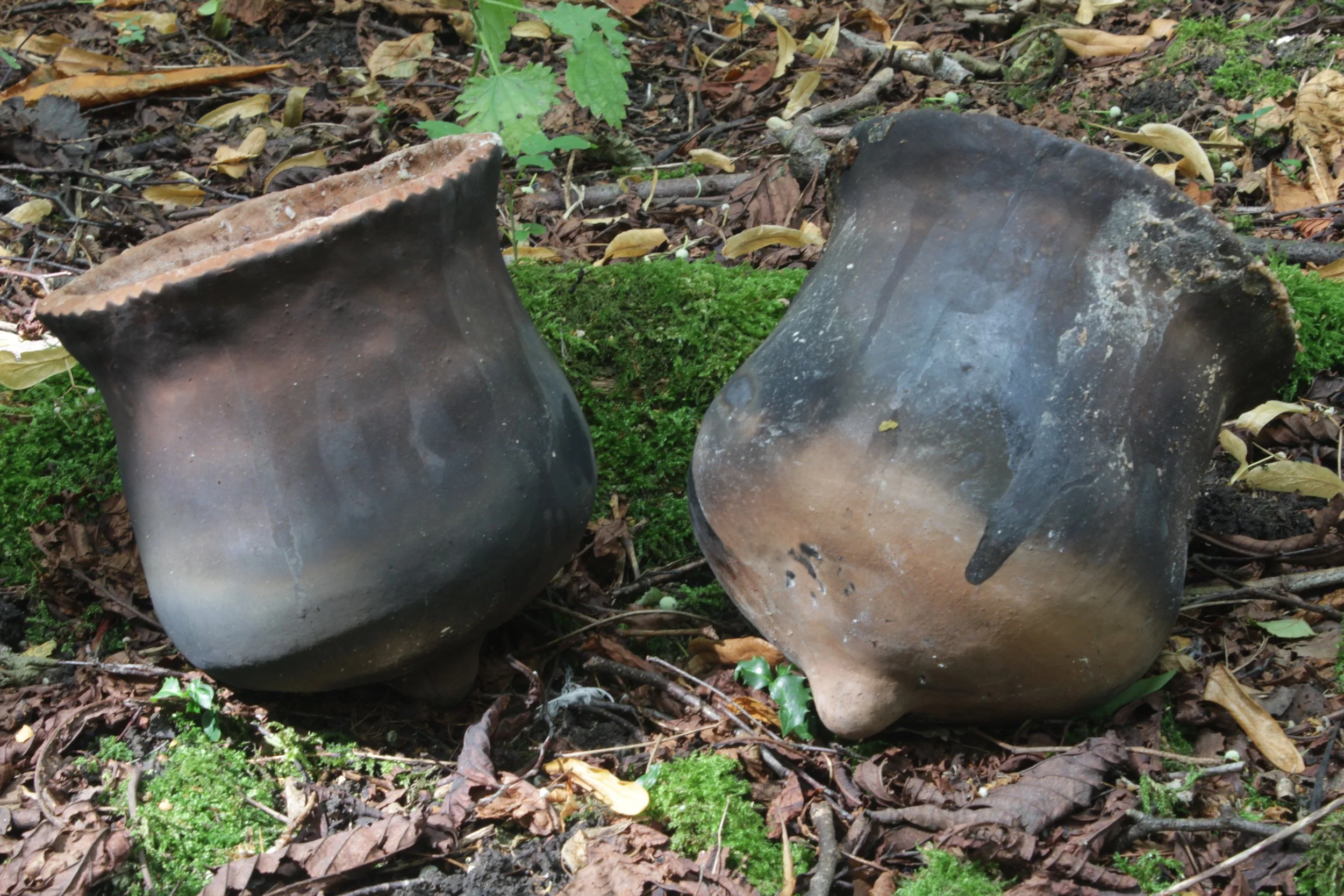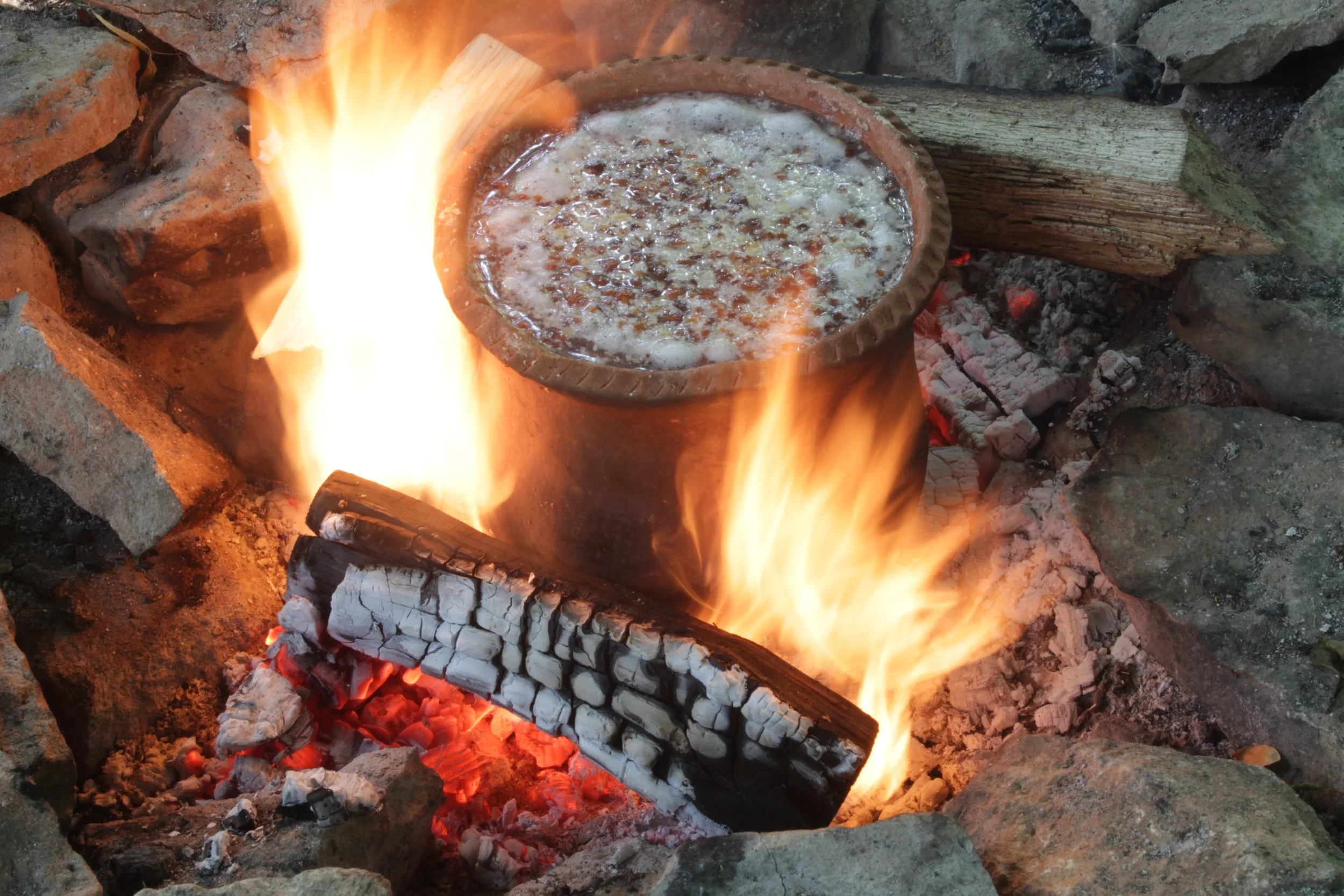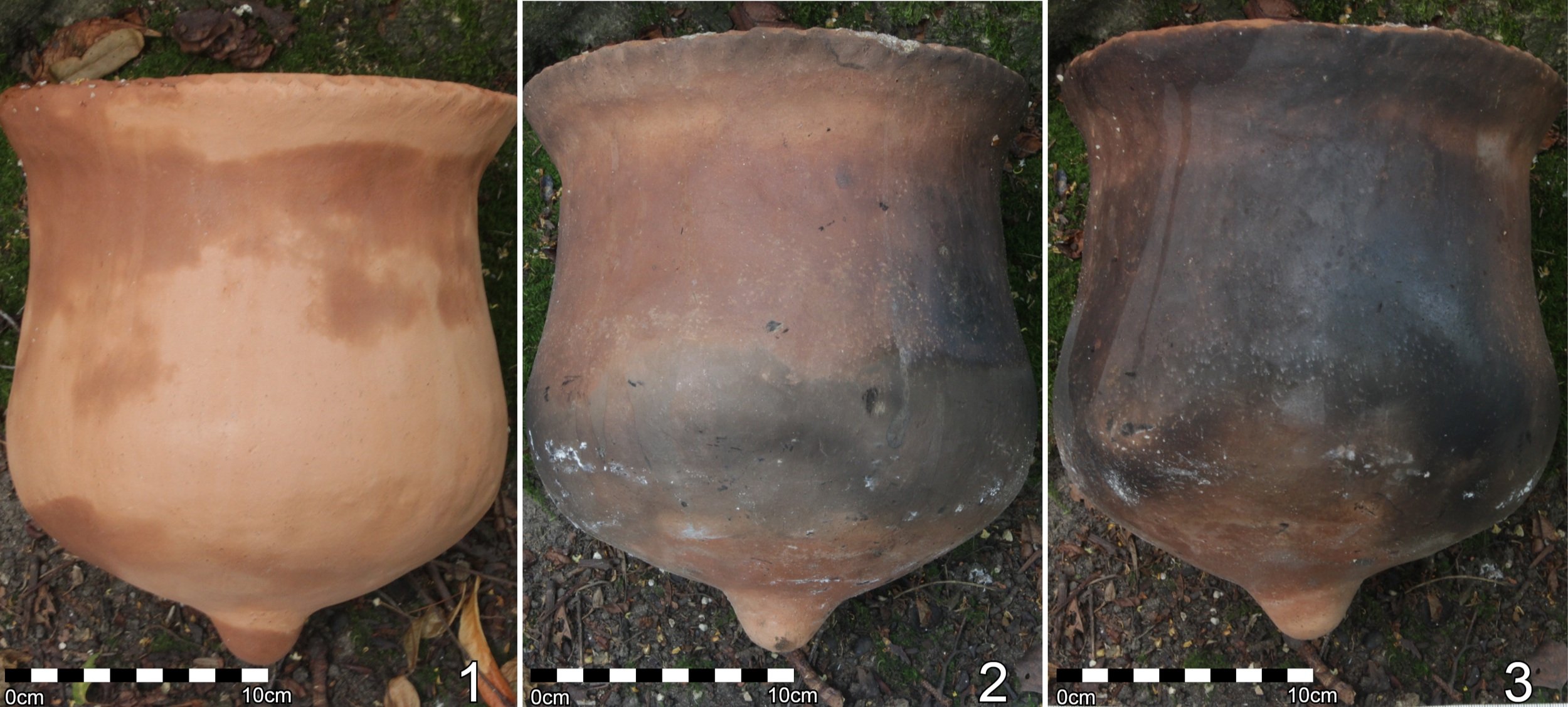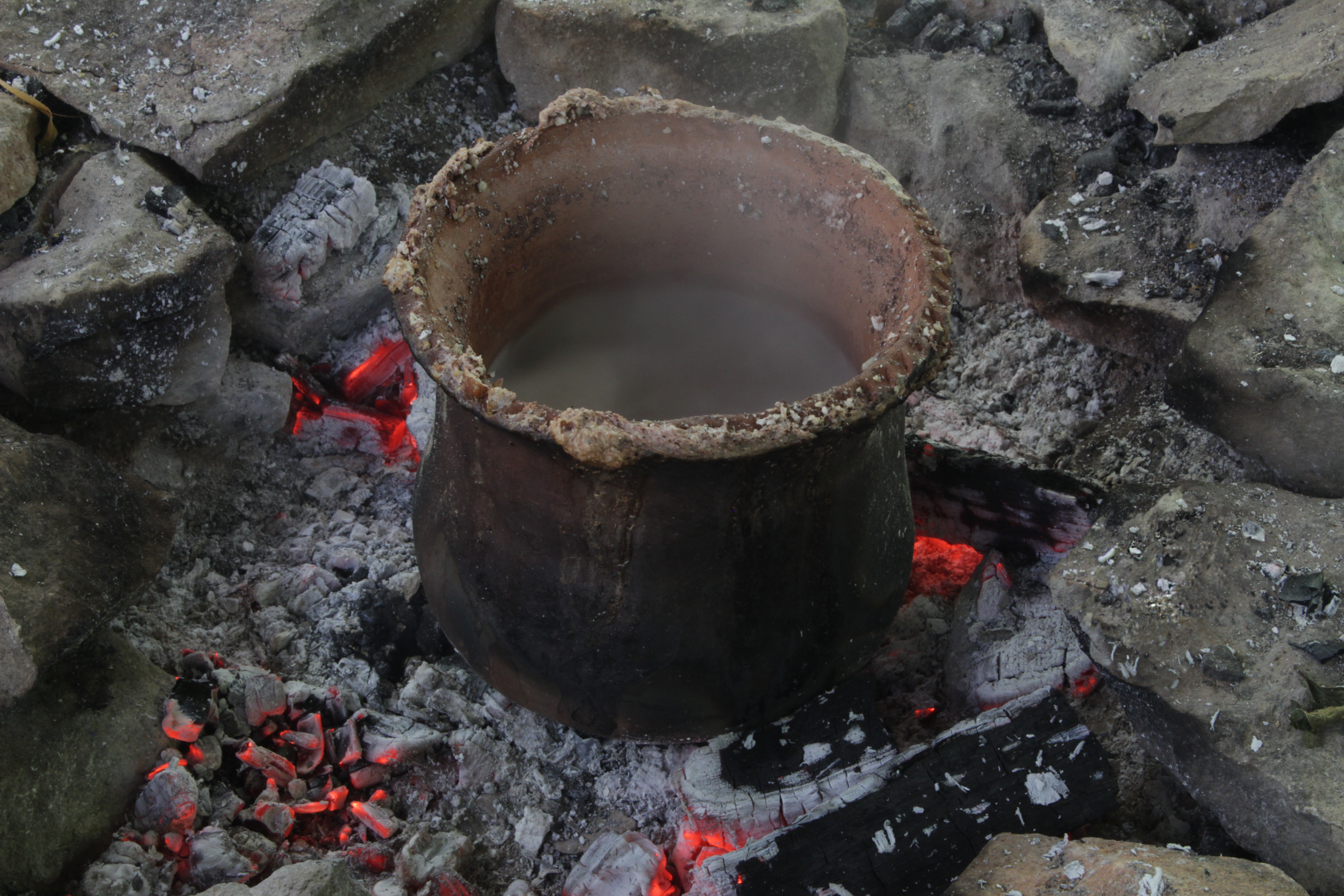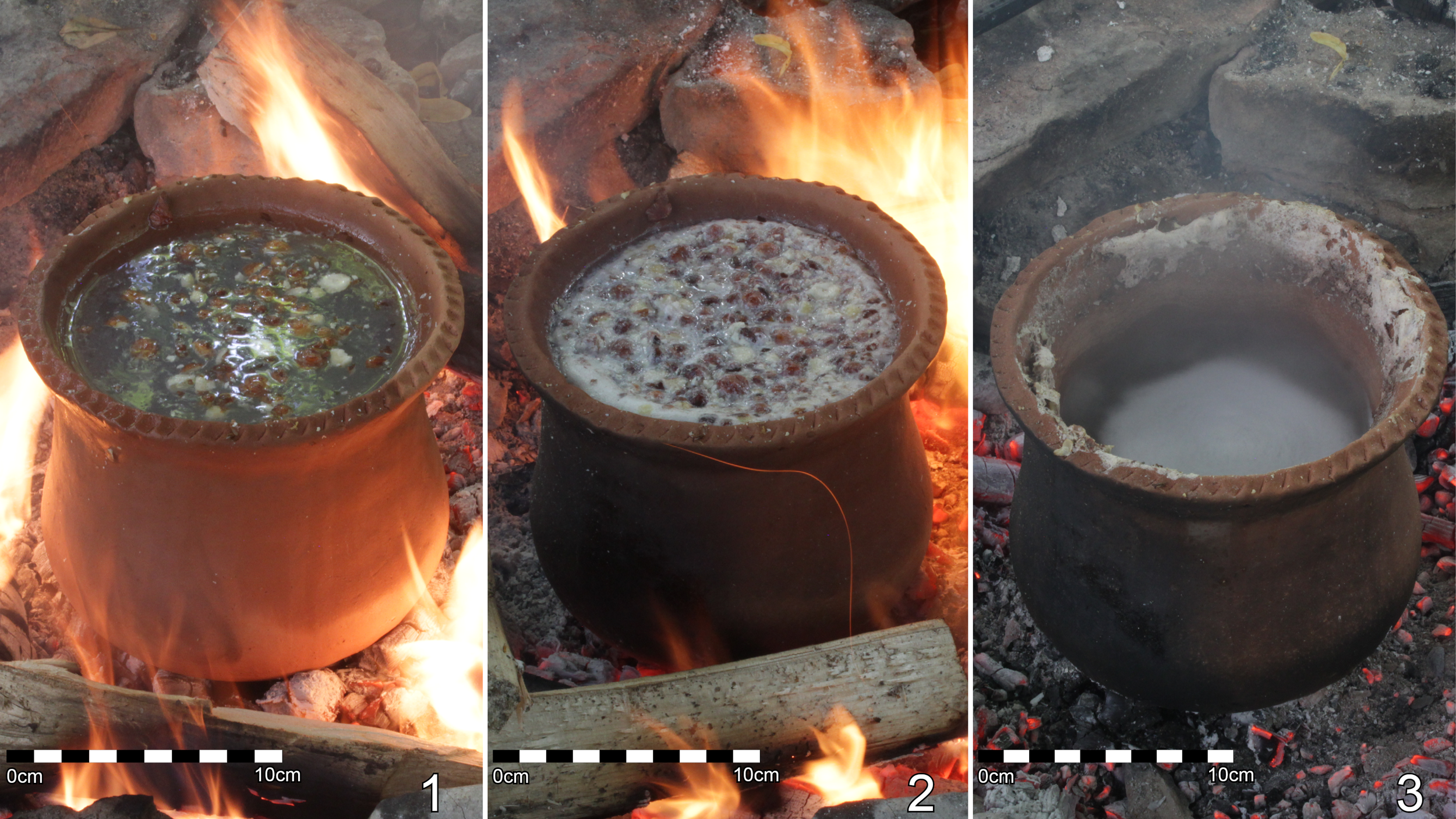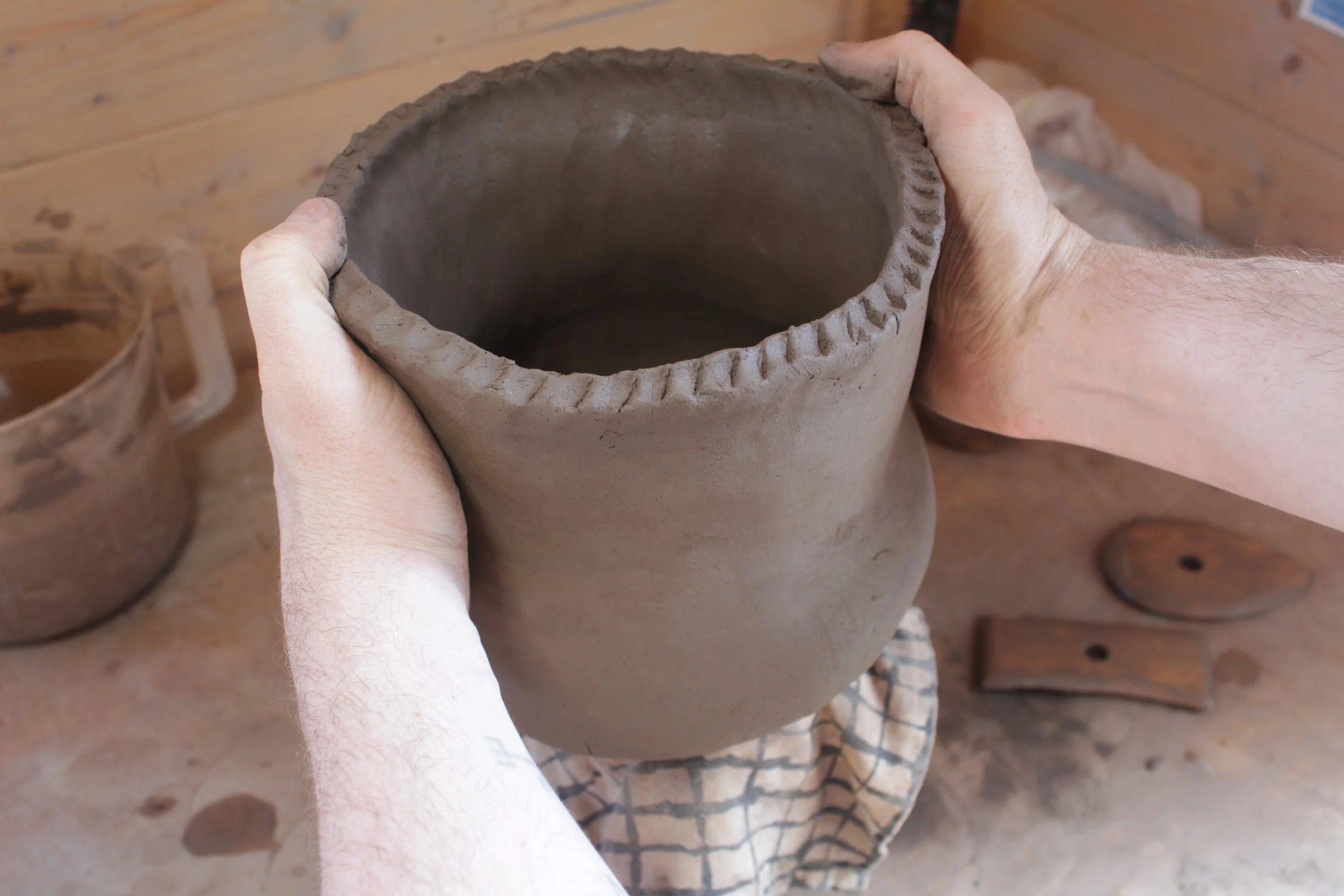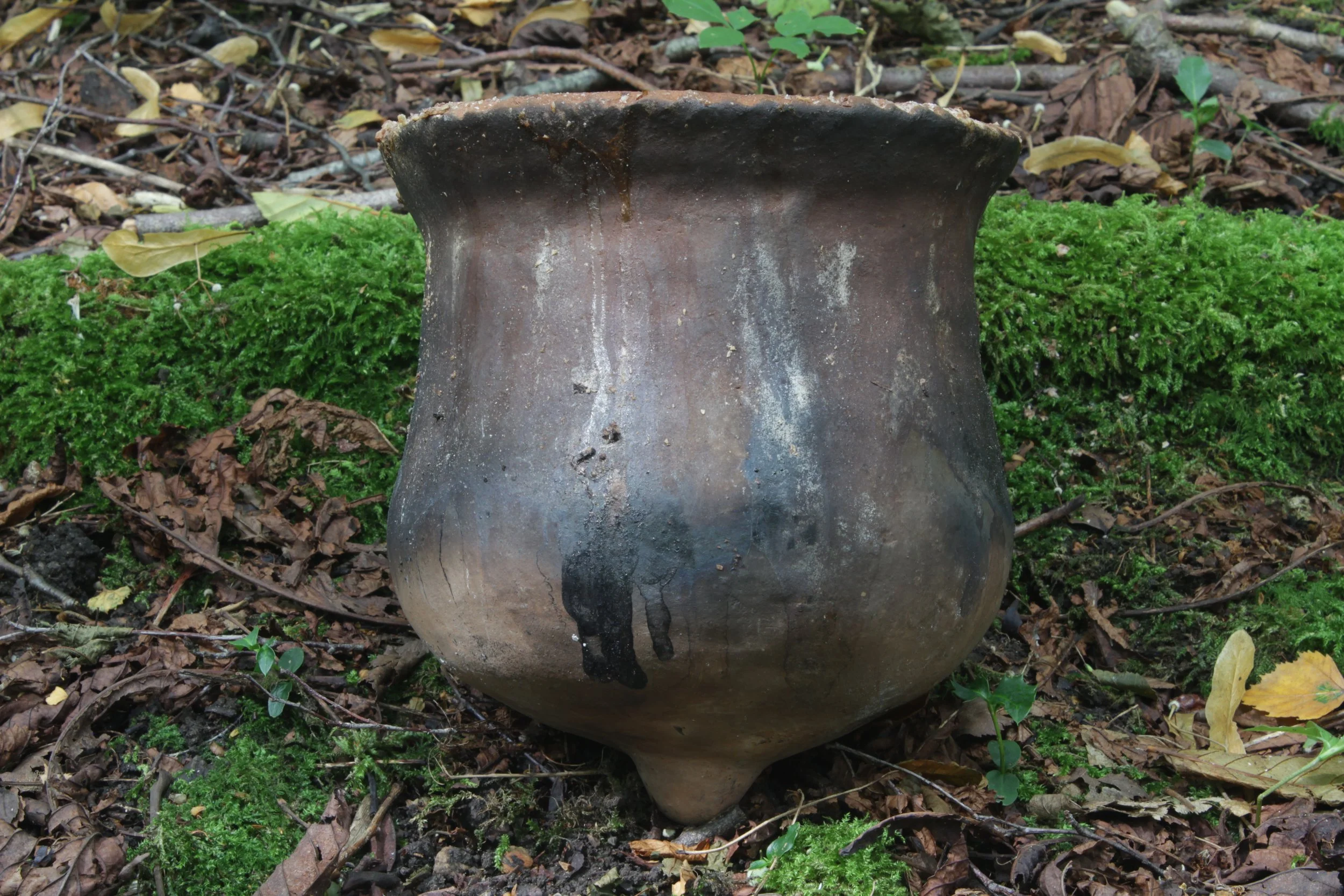∵∴∵Replica Mesolithic Ertebølle pointed-based cooking vessels∵∴∵
Whilst studying my MA in Material Culture and Experimental Archaeology at the University of York I was able to actively engage in answering an existing gap in the archaeological literature surrounding the ceramic technology of a Mesolithic hunter-gatherer group known as the Ertebølle culture.
This prehistoric cultural group were primarily maritime hunter-gatherers situated within northwestern Europe, namely; southern Sweden, Denmark and northern Germany.
They are enigmatic due to their use of ceramic technology despite their lack of agriculture, which acts as a potential rebuttal to the longstanding consideration that ceramic technology coincided with agriculture in what is regarded as the Neolithisation process.
The Ertebølle culture can be observed across the archaeological record as producing substantially sized cooking vessels, with distinctive pointed based forms made up of a tripartite profile that is relatively distinctive compared to their neighbouring contamporaneous agricultural and hunter-gatherer ceramic cultures.
These replica vessels were constructed using wild-clay from the Yorkshire Coast, and were coil-built using ancient coiling techniques known to have been used 7400 years ago during the time original Ertebølle pointed-based ceramics were constructed.
The replica vessels were used in an experimental archaeological cooking setup to analyse use-alterations so that the resulting sooting marks and carbonised organic material from food may be compared to existing Ertebølle culture pottery theorised to have been used as cooking-vessels, wherein the basal point may have better facilitated cooking for those following hunter-gatherer lifeways.
(If you are curious about the specifics of this information and would like to learn more or be provided sources please feel free to contact me).
